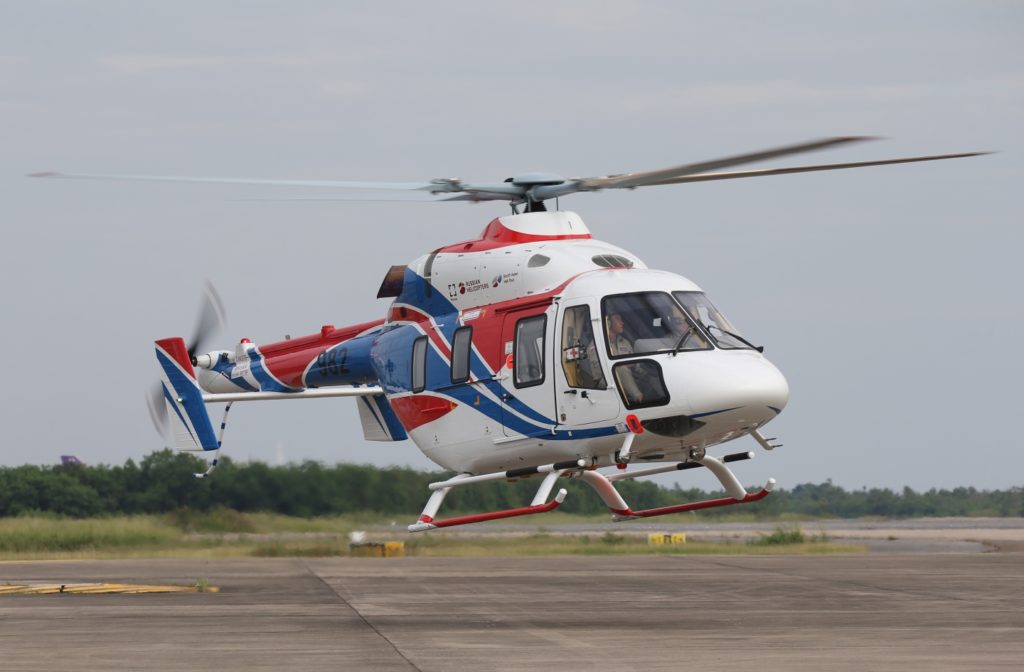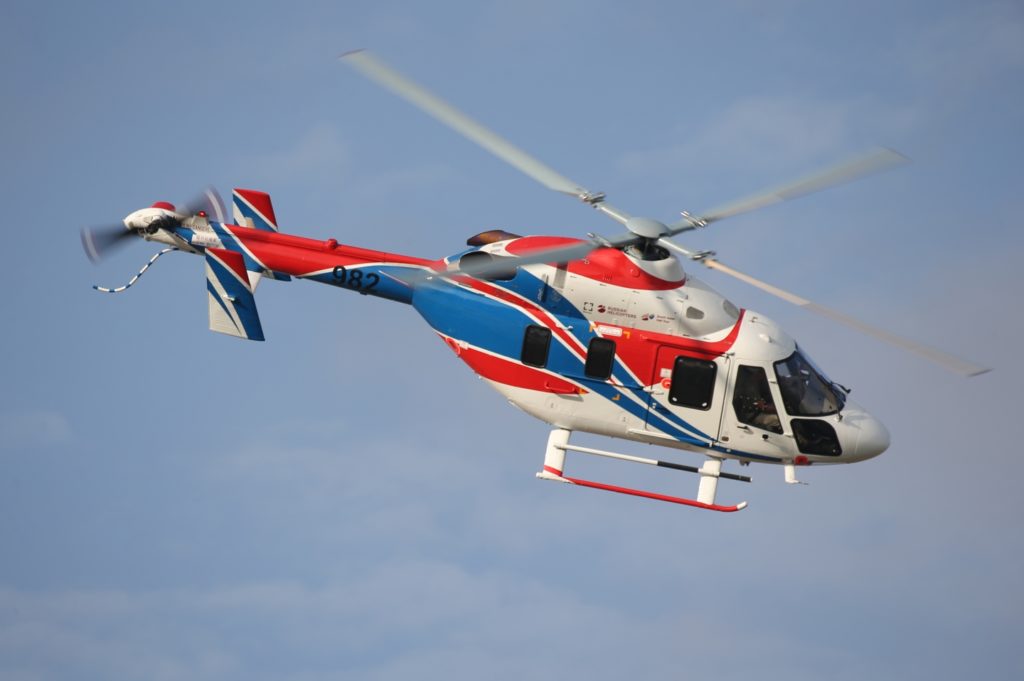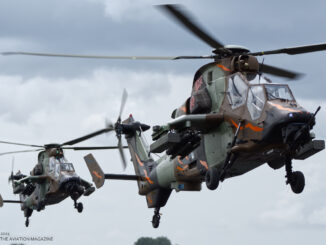
Russian Helicopters holding company will participate in the third international aerospace show FAMEX 2019 held in Santa Lucia air base in Mexico.
This year the company will exhibit a line of Russian civilian helicopters in Mexico: light Ansat, medium Mi-171A2 and heavier Mi-38 helicopters, representing the three main weight classes used in various spheres of application.
The light multi-purpose helicopter Ansat, which has the largest cabin within its class, is actively used by the Russian air medical services. This twin-engine helicopter has compact size and does not require a large landing area. It can also be used for normal passenger and VIP transport, cargo delivery and environmental monitoring. Ansat has been successfully tested for high-altitude operations, confirming that it can be used in mountainous areas with altitudes up to 3,500 meters.

´In November 2018 we signed a contract with the Mexican company Craft Avia Center about a delivery of Ansat helicopter equipped for passenger transport. The machine is ready for delivery to the Mexican side´, said Andrey Boginsky, the Director General of Russian Helicopters.
Craft Avia Center is planning to open a technical maintenance center for Ansat type civilian helicopters in the city of Guadalajara. “The creation of a maintenance center for Ansat type helicopters in the Mexican city of Guadalajara is in active stage. The project is being implemented by Craft Avia Center in close cooperation with Russian Helicopters. The center will start its operation in 2020″, said the Deputy Director General for Aftersales Services of Russian Helicopters, Igor Chechikov.
Currently the holding company is negotiating with partners about supplying spare parts and components for the Ansat as well as preparing a training program for helicopters of this type to Mexican pilots. Additionally they have submitted an application for validation of Ansat and Mi-171A2 type certificates in Mexico.

The Mi-8/17 type helicopters, of which the latest Mi-171A2 is part of, are well known in Mexico. More than 80 changes were made to the new design, which have raised its cruise and maximum speed by 10% as well as significantly increased flight automation, compared to the base model. Mi-171A2 can be used in humid, tropical conditions thanks to its unique performance characteristics. It is designed to solve a wide range of tasks – from patrol and coast guard to search and rescue operations.
The multi-purpose helicopter Mi-17-1V is one of the modifications of the Mi-17 type, designed by the Mil Moscow Helicopter Plant, a subsidiary of the Russian Helicopters holding company. Good performance characteristics, ease of operation and reliability have made these helicopters popular throughout the world. Mi-17-1V has a top speed of 250 km/h and maximum flight range of over 600 kilometers. It can carry up to 37 paratroopers.
The company will also exhibit the multirole helicopter Mi-38, which fits the niche between the medium class Mi-171A2 and the heavy class Mi-26 helicopters. It can transport a cargo of up to 5 tons over a distance of 800 km. The helicopter is equipped with fuel-efficient engines, crash-resistant fuel system and energy-absorbing seats, making it extremely safe for passenger transport.

The delegation of Russian Helicopters at the FAMEX exhibition will be led by the company’s Deputy Director General, Igor Chechikov. Under his leadership, the holding’s experts will discuss the service maintenance and repair of the Mi-8/17 helicopters operated in Mexico.
Currently, there are around 50 Russian-made Mi-17 helicopters operated in the country. During 2014-2015, Russian Helicopters conducted successful overhauls of 19 helicopters operated by the Mexican Secretariat of National Defense. Currently the company is providing comprehensive after-sales support maintaining the whole fleet of Mi-17 helicopters operated in the territory of Mexico.

Photos courtesy of JSC “Russian Helicopters” / Rostec State Corporation. “Russian Helicopters” press materials were used.



